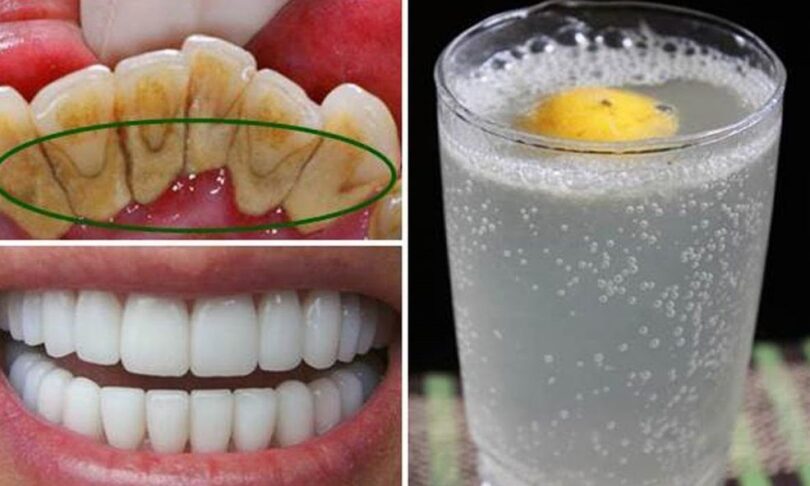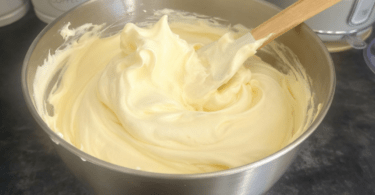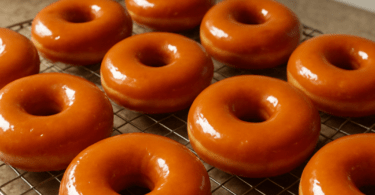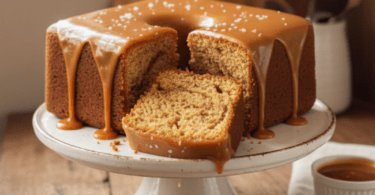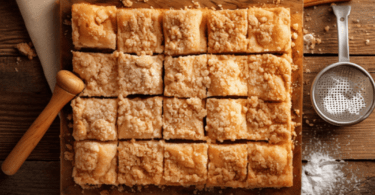Plaque, a sticky film of bacteria, persistently forms on our teeth. When we consume sweet foods or drinks, the bacteria in plaque generate acids. These acids have the potential to compromise tooth enamel, leading to cavities and gum disease.
Dealing with dental plaque is a common challenge, but the solution is straightforward: maintain a consistent oral hygiene routine of brushing and flossing, complemented by regular dental visits. Antiseptic mouthwashes can also aid in eliminating the bacteria that contribute to plaque buildup. If plaque is left to linger on your teeth for prolonged periods, it solidifies into tartar. Over time, this can cause gum disease, leading to tooth loss. Therefore, having your teeth professionally cleaned at least twice a year is essential. Don’t hesitate to ask your dentist about preventive strategies to reduce plaque and maintain your oral health.
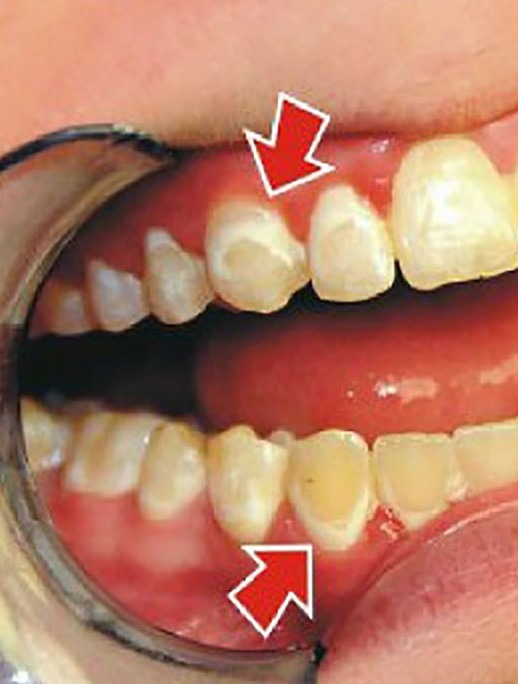
Plaque can also accumulate under the gums on tooth roots, leading to the degradation of the bone supporting the teeth. If not addressed, plaque can transform into stubborn tartar, which is considerably difficult to remove. However, proper oral hygiene practices, including daily brushing and flossing, can successfully eliminate plaque.
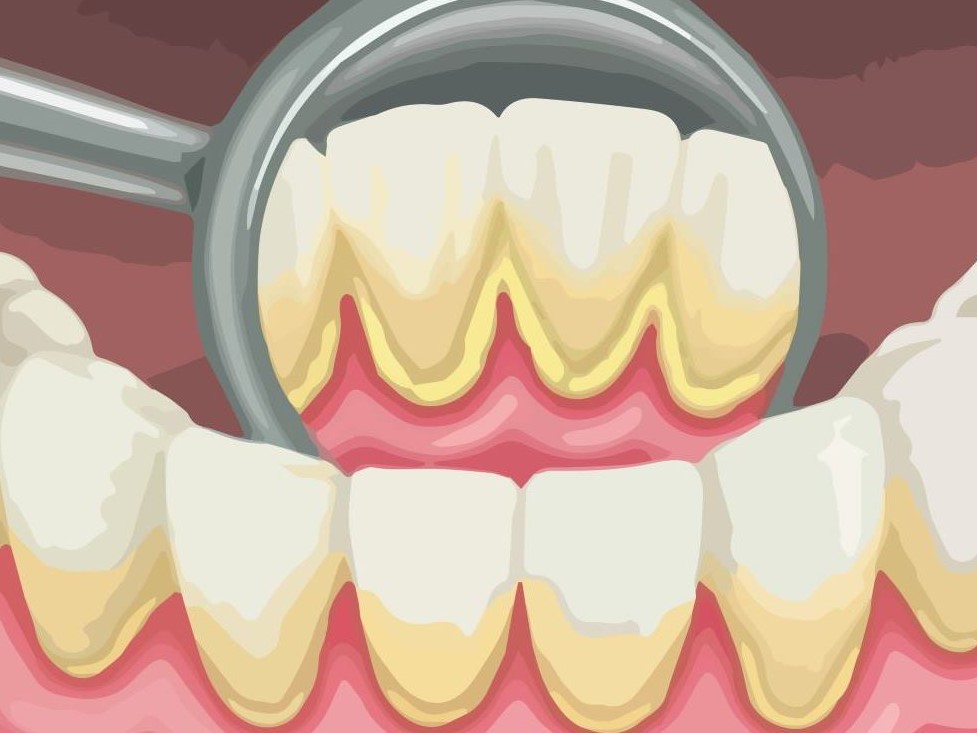
Despite dental plaque being a universal issue, maintaining excellent oral hygiene habits, such as diligent brushing and flossing, can prevent plaque buildup and hinder the formation of tartar. This is why I’ve decided to share some of the best strategies to combat pesky plaque and bothersome tartar accumulation on your teeth:
One of the most essential steps in preventing plaque formation is committing to a regular oral health care routine. Among the most effective ways to keep your oral hygiene in check and control plaque is to transition from manual toothbrushes to electric ones.
Please Head On keep on Reading (>)



